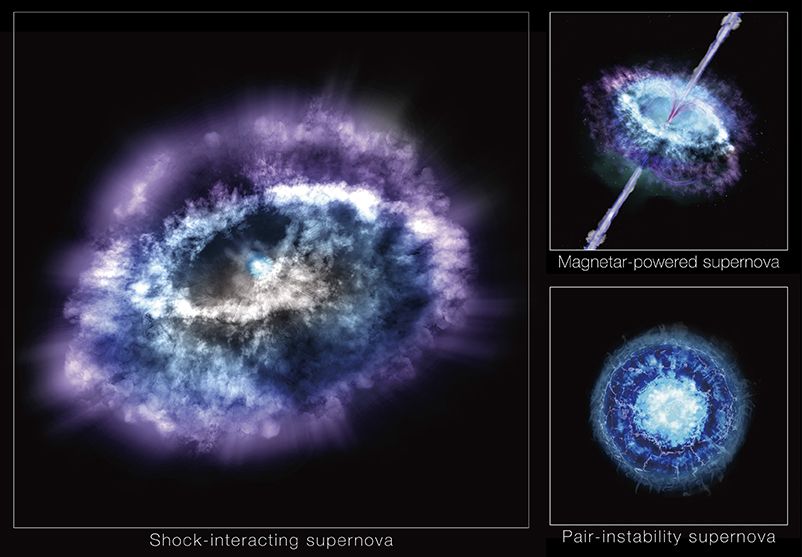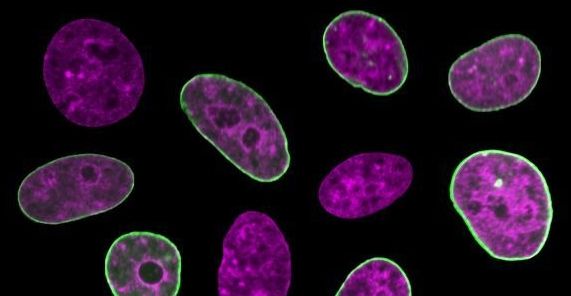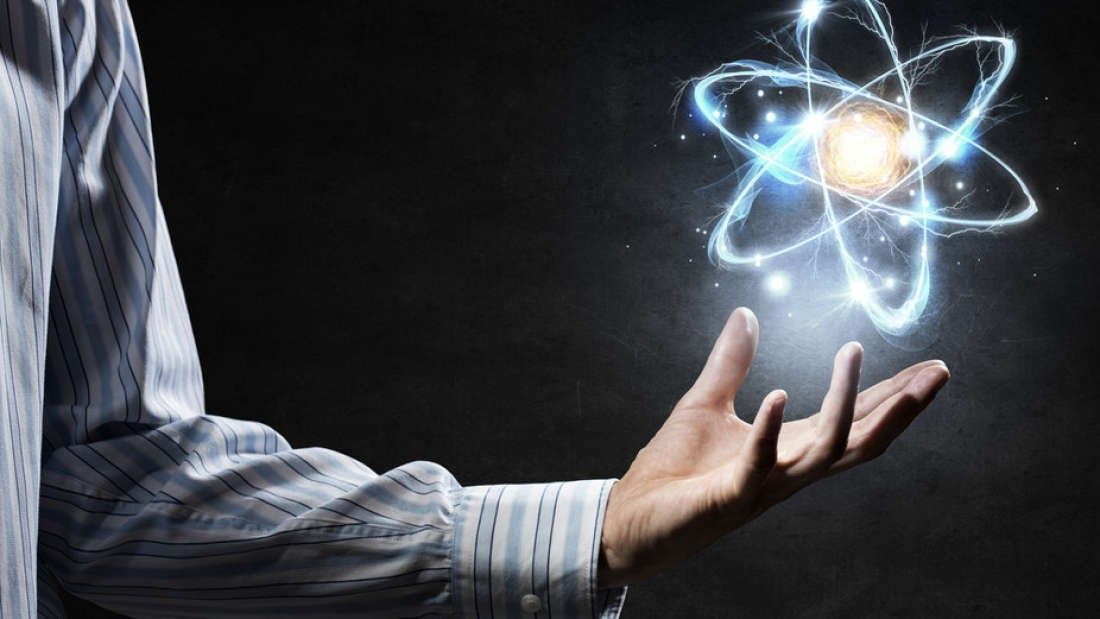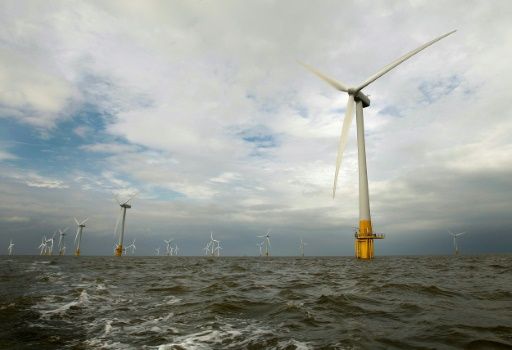Sep 12, 2017
How computers learn to recognize objects instantly
Posted by Müslüm Yildiz in categories: biotech/medical, robotics/AI
Ten years ago, researchers thought that getting a computer to tell the difference between a cat and a dog would be almost impossible. Today, computer vision systems do it with greater than 99 percent accuracy. How?
Joseph Redmon works on the YOLO (You Only Look Once) system, an open-source method of object detection that can identify objects in images and video — from zebras to stop signs — with lightning-quick speed. In a remarkable live demo, Redmon shows off this important step forward for applications like self-driving cars, robotics and even cancer detection.
Continue reading “How computers learn to recognize objects instantly” »



















